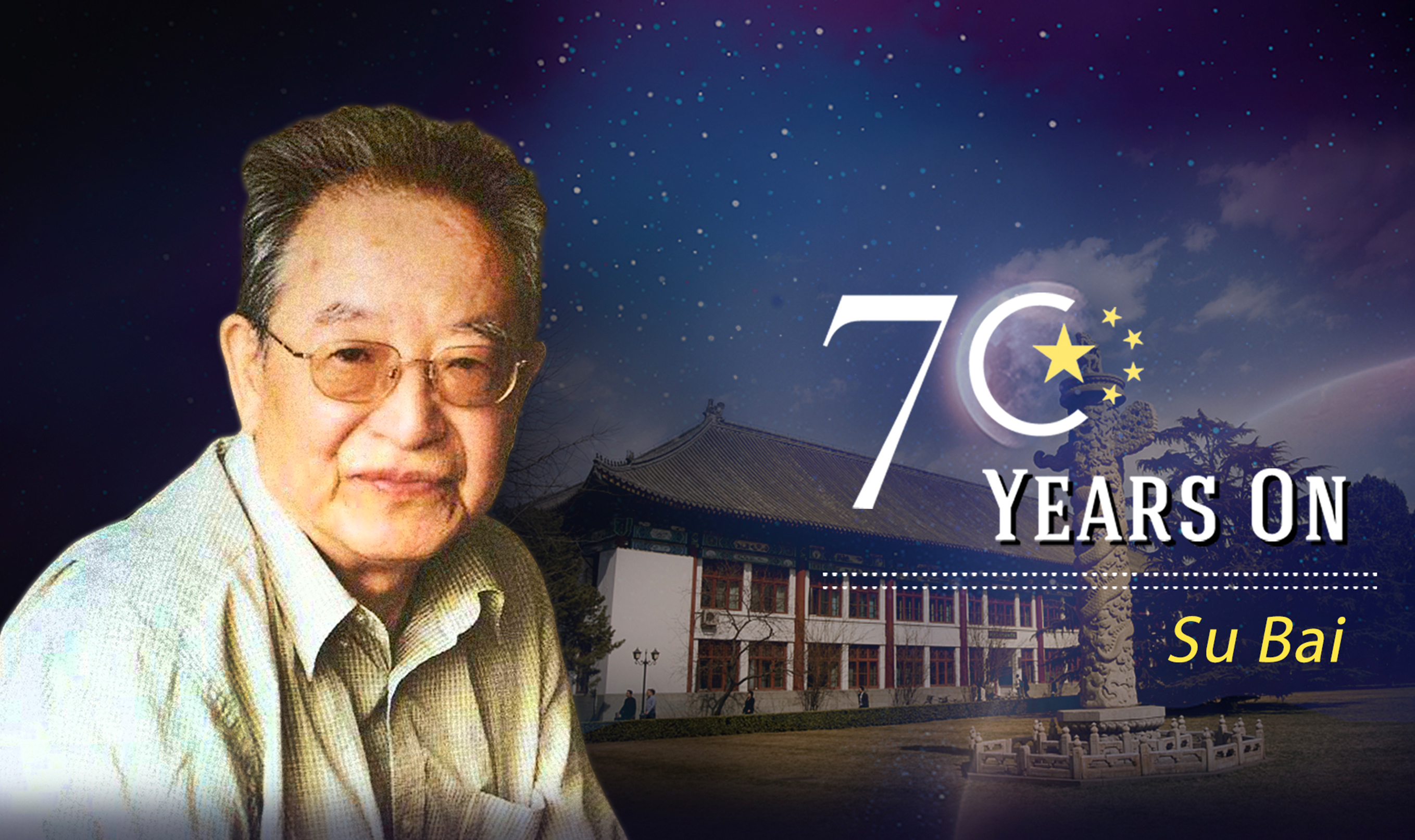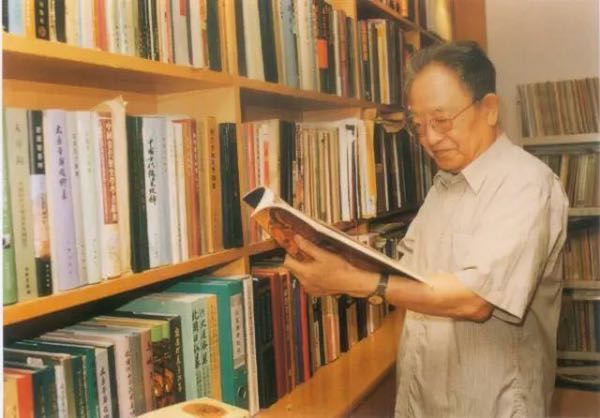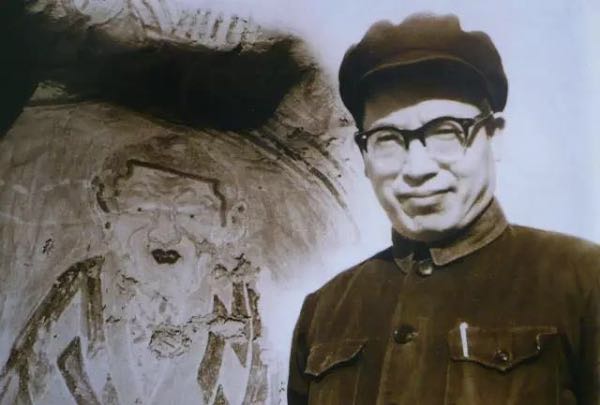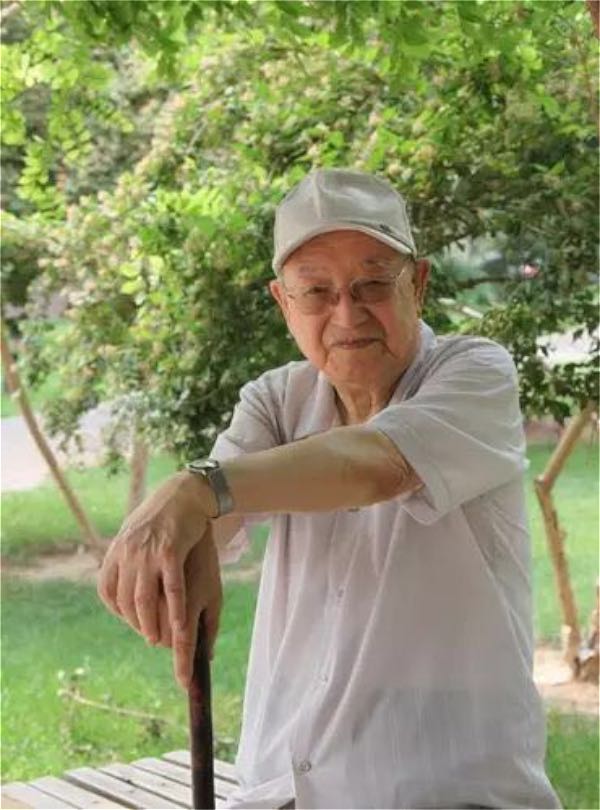Editor’s Note: This story is part of a series of articles celebrating the 70th anniversary of the founding of the People’s Republic of China. Each article shines the spotlight on one PKUer who has made remarkable contributions to China’s recent development, highlighting not only the importance of their individual accomplishments, but also the significant impact Peking University has had on China’s development over the past 70 years.
Peking University, Oct. 18, 2019: Reflecting back on his life, one cannot help but marvel at the many coincidences that connect Su Bai with his life-long passion, archaeology. 1922, the year Su was born in Shen Yang, Liaoning province, also marked the establishment of Peking University’s Office of Archaeological Research. Su and Chinese archaeology likewise matured and grew over the same time period: several of China’s first and most famous archaeological excavations were conducted during the early 1920s, at the same time that Su was taking his own first steps. It seems as if he was destined to study archaeology, and at Peking University in particular.

In 1931, when Japan’s invading forces conquered northeastern China, Su was in the fourth-grade at elementary school. In areas under their control, Japanese officials banned Chinese history as a subject in school curriculums. Yet, as a curious and inquisitive boy, showing signs that he would one day become one of China’s most renowned scholars and thinkers, Japanese prohibitions only hardened Su’s interest and determination. This is the reason that, upon his admission to Peking University in 1940, Su chose to study history, a decision that would prove of monumental consequence not only for PKU, but for the entire field of Chinese archaeology.
During his years at PKU, Su did not limit himself solely to courses in the Department of History, but chose to study a wide variety of subjects, ranging from Chinese to Philosophy. Although he felt most comfortable studying history, he was priveleged to learn under some of PKU’s greatest professors at the time, including Rong Geng of the Department of Chinese Language and Literature, and Tang Yongtong of the Department of Philosophy. These learning experiences would pave the way for Su’s future research and enormous success in the fields of ancient urban Chinese architecture and Buddhist archaeology.
After his graduation near the end of the anti-Japanese war, Su first worked in the PKU library, and then continued his studies as a graduate student in the Office of Archaeological Research when the Institute of Liberal Arts was finally restored. Su continued this work until PKU’s schools and departments were reorganized in 1952, when he formally became a faculty member of PKU’s Department of History.

A bright and leading light for Chinese archaeology
Su Bai played a father-like role in the formation of many subdivisions of Chinese archaeology. He developed new paradigms, established new branches, and expanded the study of Chinese archaeology into fields ranging from religious relics to ancient urban architecture. It is partially due to these efforts that modern Chinese archaeology offers students and researchers such a wide array of opportunities and paths.
Su was a diligent and prolific writer, and was always very careful about the quality of any work published under his name. It was not uncommon for his papers to go through several rounds of edits and revisions before he would even consider it for publication, and to contain an overwhelming amount of notes citing his source material or further elaborating on certain questions. This speaks to the special emphasis Su placed on the objectivity, authenticity, and integrity of his research.
Among his many papers and reports, Song Tomb in Bai Sha, published in 1957, came to serve as the standard model for archaeological research of this type. Due to its rigorous academic structure and its clear and concise style, Song Tomb remains one of the most influential reports among Chinese archaeologists to this day, with the conventions and standards it established still followed more than six decades after its initial publication.
Su also made substantial contributions to the field of Buddhist archaeology. His research on Chinese grottoes marked a new epoch that saw the development of foundational theories which, like Song Tomb, continue to exercise influence in the field to this day. It is noteworthy that the research on Chinese grottoes was initially dominated by Japanese scholars, who began in the early 20th century. However, Su’s theories and findings challenged the previous “time-division” method utilized by Japanese scholars; after nearly 30 years of sustained disagreement and debate, Su finally managed to convince the Japanese scholars of his methods, ending the debate and winning universal acceptance for his findings.
Lastly, Su was among the first scholars sent to Tibet to investigate and makes records of its cultural relics in 1959. Su’s first trip to Tibet gave birth to abundant records; impressively, he was forced to make these estimates using his own judgement and intuition due to his lack of proper measuring equipment, although they were later confirmed to be accurate. Nearly 30 years later, Su returned to Tibet and was saddened to find that many of the old temples he had investigated had been destroyed during the Cultural Revolution. This led So to undertake a reorganization of his earlier records for the sake of preserving the existing knowledge of Tibet’s cultural relics. This reorganization effort led to Su’s second academic masterpiece: Archaeological Studies on Monasteries of the Tibetan Buddhism, which became a crucial foundation for the study of Tibetan archaeology.

Su Bai in Mogao Grottoes in Dunhuang
A ringing rivulet in a silent sea
“A rivulet runs through the mountains with ringing sounds, while the vast sea remains silent.” This was one of Su’s favorite aphorisms, and his life of constant learning and growing certainly reflected it. His house was full of books, one piling up upon another like a mountain, scattered among the furniture, or often simply placed on the floor for easy access. It took years of incessant reading to accumulate such a prodigious private library. In 2010, Su donated his lifelong collection—totaling 11,776 books—to the PKU library.
Su’s extensive love for reading and collecting books is reflected in a compelling anecdote. In the late 1940s, daily life for the common Chinese person was particularly difficult due to the inflation caused by the ongoing civil war. Su, although leading a privileged life as a student and teacher at PKU, was not immune to such hardships. One day, Su’s wife asked him to buy some rice with the only money he had left; he used it instead to buy a book that he had long been craving to read.
It is with such a perseverant and dogged mindset that an individual can cultivate not only such a large collection of books, but also such a vast array of personal knowledge. Just as the sea increases its size and capacity by embracing the bustling rivulets, Su broadened and challenged his intellectual horizons by heartily embracing all opportunities and obstacles that he faced. Su’s groundbreaking research, particularly on Chinese grottoes, relied heavily on just such a mindset.
Even with all these impressive accomplishments, Su always remained extremely humble and kindly turned down many interviews and opportunities for self-promotion, frequently saying: “I am just an ordinary teacher, an ordinary teacher of Peking University.”

A strict, yet caring, teacher
While Su had multiple roles and talents, this quote reflects that he thought of himself first and foremost as a teacher and educator. In particular, he devoted his entire life to the cultivation of talent and expansion of institutions in the field of Chinese archaeology. Su was one of the original founders and promoters of archaeology at Peking University. Under his guidance, Su helped to design the comprehensive archaeological course structure which would be used across all of China. Several of his archaeological courses were used as a model for the archaeology departments of other schools.
Nonetheless, Su was also known for being very strict with his students. He required his students to read every day, and report their findings and reflections directly to him on a weekly basis. Su would often criticize them for procedural sloppiness, such as turning in reports with bad handwriting. While these requirements left many students feeling stressed, such high standards also helped many cultivate life-long habits that would prove critical to their future success.
Although at times he could admittedly be too harsh, Su never imposed his opinions on his students. He never assumed his ideas were always right, and was open to discussions and critiques. He actively encouraged students to think independently and to harbor original ideas. So long as they could prove their own theories with convincing arguments and data, he was more than happy to be persuaded.
Professor Su Bai passed away on February 1, 2018. But the longstanding impact and influence he had on not only the discipline of Chinese archaeology, but also on Peking University and his students, continues to live on to this day.
Written by: Yang Hongyun
Edited by: Wang Qian, Ethan Paul
Photo credit to: thepaper.cn